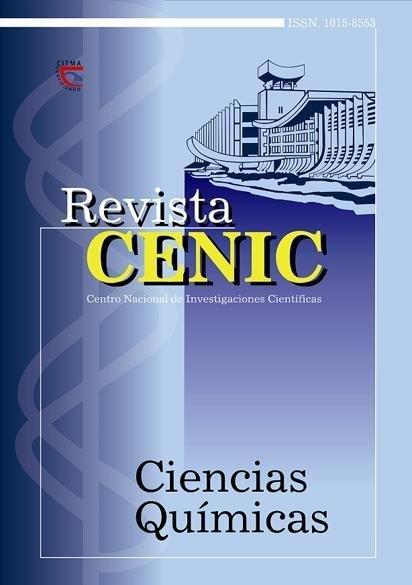Evaluación de equipo ozonizador doméstico para tratamiento de agua
Abstract
The domestic ozonizers are equipments of reduced size that can be used to obtain small volumes of microbiological high quality drinking water. With the use of this ozonizers it is not necessary to boil water or to consume bottled water. In the Ozone Research Center of Cuba, a line of domestic ozonizers that gives a local solution for drinking water treatment was designed, built and evaluated. The current work deals with the evaluation of the main parameters that characterize the performance of these equipments. They were evaluated in winter and summer, to consider the temperature and humidity variations of Cuban tropical climate. This evaluation included the control of their operation conditions: water pressure, water and gas flows, continuous operation time and gas and liquid ozone concentration as mean parameters. Finally microbiological tests for water quality were carried out. The best
operation conditions were: inlet water pressure in the equipment: 1 kg/cm2, water flow: 1 L/min, ozone concentration in water: higher than 0.3 mg/L, time of the continuous operation: 10 min, time before the equipment can be turned on again: 15 min. The equipment under these conditions was capable of eliminating high concentrations of different kinds of microorganisms in the water.

Downloads
Published
How to Cite
Issue
Section
License
Copyright (c) 2005 Copyright (c) 2005 Revista CENIC Ciencias Químicas

This work is licensed under a Creative Commons Attribution-NonCommercial-ShareAlike 4.0 International License.
Los autores que publican en esta revista están de acuerdo con los siguientes términos:
Los autores conservan los derechos de autor y garantizan a la revista el derecho de ser la primera publicación del trabajo al igual que licenciado bajo una Creative Commons Atribución-NoComercial-CompartirIgual 4.0 que permite a otros compartir el trabajo con un reconocimiento de la autoría del trabajo y la publicación inicial en esta revista.
Los autores pueden establecer por separado acuerdos adicionales para la distribución no exclusiva de la versión de la obra publicada en la revista (por ejemplo, situarlo en un repositorio institucional o publicarlo en un libro), con un reconocimiento de su publicación inicial en esta revista.
Se permite y se anima a los autores a difundir sus trabajos electrónicamente (por ejemplo, en repositorios institucionales o en su propio sitio web) antes y durante el proceso de envío, ya que puede dar lugar a intercambios productivos, así como a una citación más temprana y mayor de los trabajos publicados (Véase The Effect of Open Access) (en inglés).













